Yuk
New member
Living in Albuquerque, I notice that the terrain looks very similar to the leopard gecko's natural desert habitat. Today I am going to research the climate and terrain of Rajputana, Pakistan and compare it to Albuquerque, New Mexico. The goal will be to set up a bioactive desert substrate and not compromise the health of my geckos, instead promote their natural behavior. I will update this as I go!
Temperatures

Kabul seems to be closer to the temperature here in Albuquerque -- I'm just going to check rainfall first.
Precipitation and Sunlight hours per day

Going forward, I am going to use Kabul as the target habitat, because it is pretty similar to Albuquerque -- not that the geckos will be outside, but I wonder if we might have similar soil and types of plants due to the similar weather. Next I am going to see what I can find about the soil in Kabul and compare it to Albuquerque soil. After that, what natural vegetation occurs.
Soil
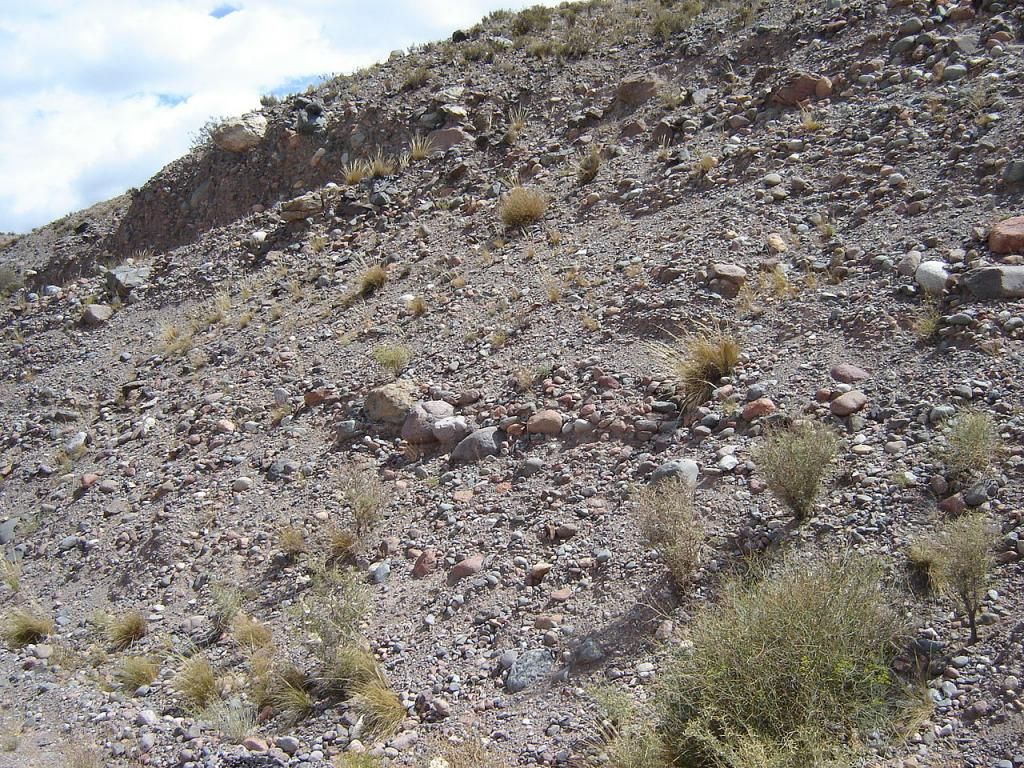
(image from wikipedia commons - free for personal use)
Alluvial Soil
Good news! Very similar soil! Both areas are a desert near a large river - and the soil moved around by that river contains clay, sand, and gravel. This soil is the substrate where wild geckos have been found. Next: Vegetation!
Vegetation

(image from wikipedia commons - free for personal use)
Bushes of Zygophyllum were in the habitat where leopard geckos were found in the wild.
Syrian bean-caper - A noxious weed in the Zygophyllum family apparently taking over a few western states and found in New Mexico -- I don't know whether it is harmful, but I don't think it is a good idea to keep it and accidentally spread it elsewhere. It is the only plant in the Zygophyllum family that I could find that grows in the US -- So I think the appropriate thing to do would be to find a similar looking succulent instead.
Now that the internet research is done, it's time to take a hike and check out the natural landscape of Albuquerque. I'll take lots of pictures and bring my infared temp gun to check out the ground heat of various rocks and substrate as well as the air temperature.
Some pictures from Albuquerque:
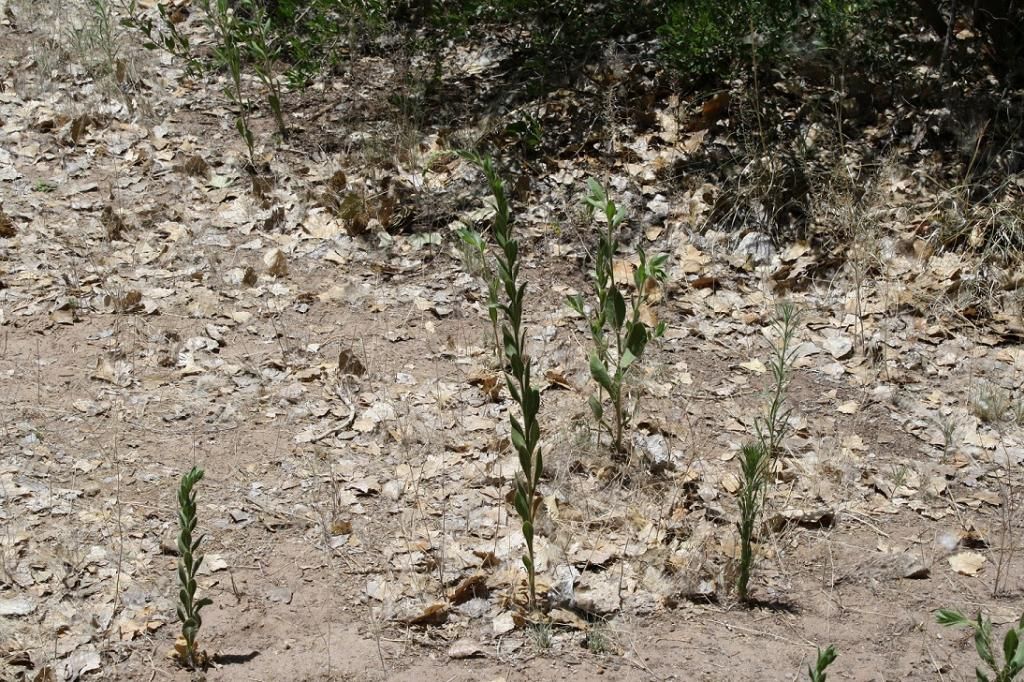
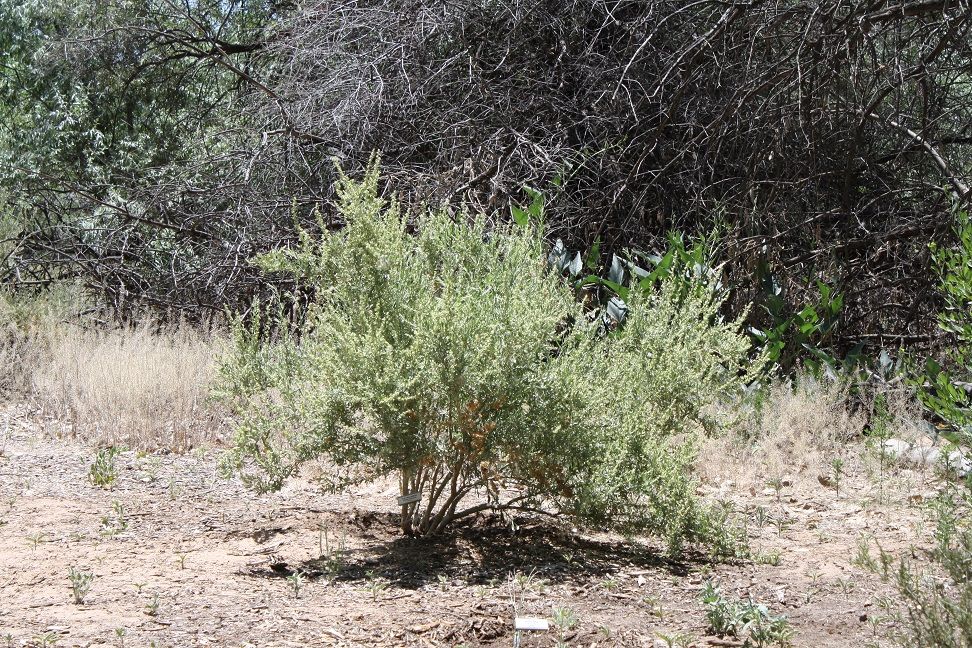
From checking out the soil in my own back yard, it's so dried out that it is like a fine sand. When mixing it with the eco-earth to build the start of my bioactive substrate, I realized it is just too loose. It might as well be sand. At this point, I want to add more clay to the substrate to see if I can harden it a bit. I also need to add the living organisms that will be decomposing any dead crickets/mealworm skins/poop.
I created a wall with ledges and a structure with two humid hides and one dry hide out of Sculpy clay and baked it. I also bought a plant that looks similar to the Syrian bean-caper, but requires less light and isn't a noxious weed lol
Right now the geckos are exploring. Mischief looks like she is having fun, but Candy seems upset at the tank change. I'm happy with the design, but concerned about the substrate.
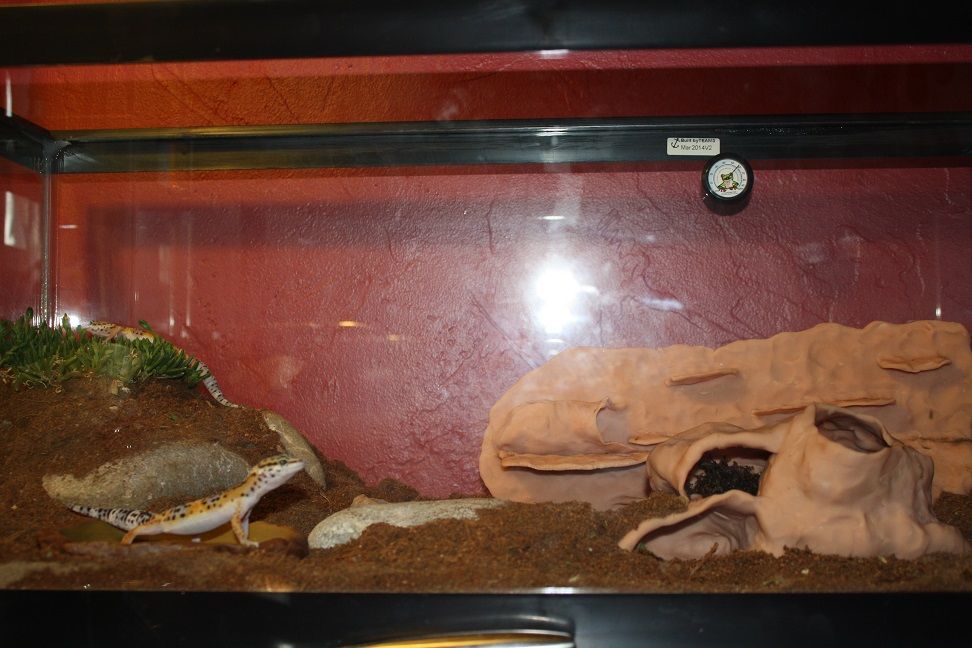
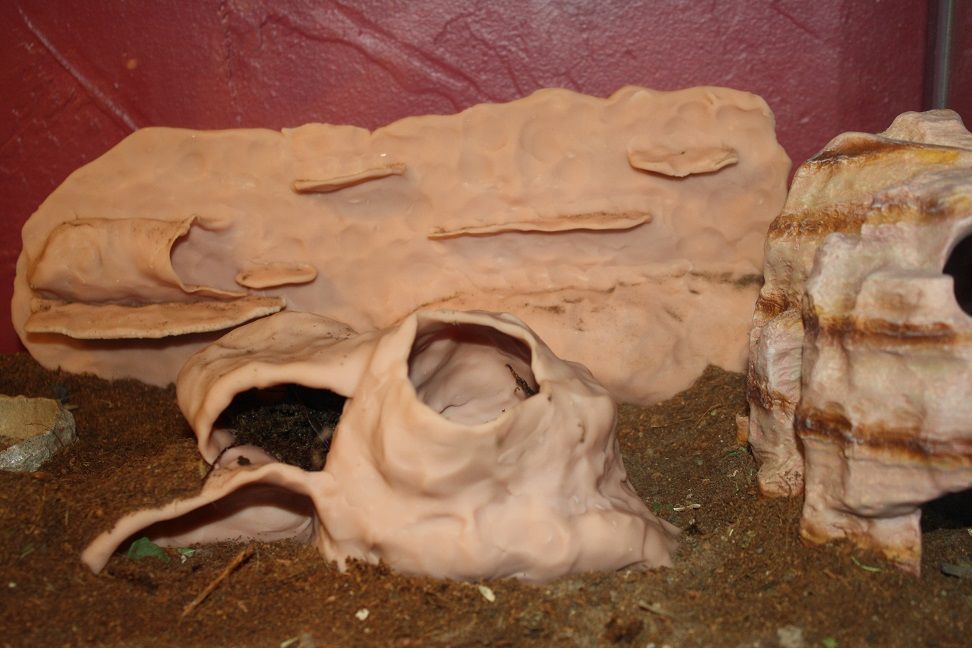
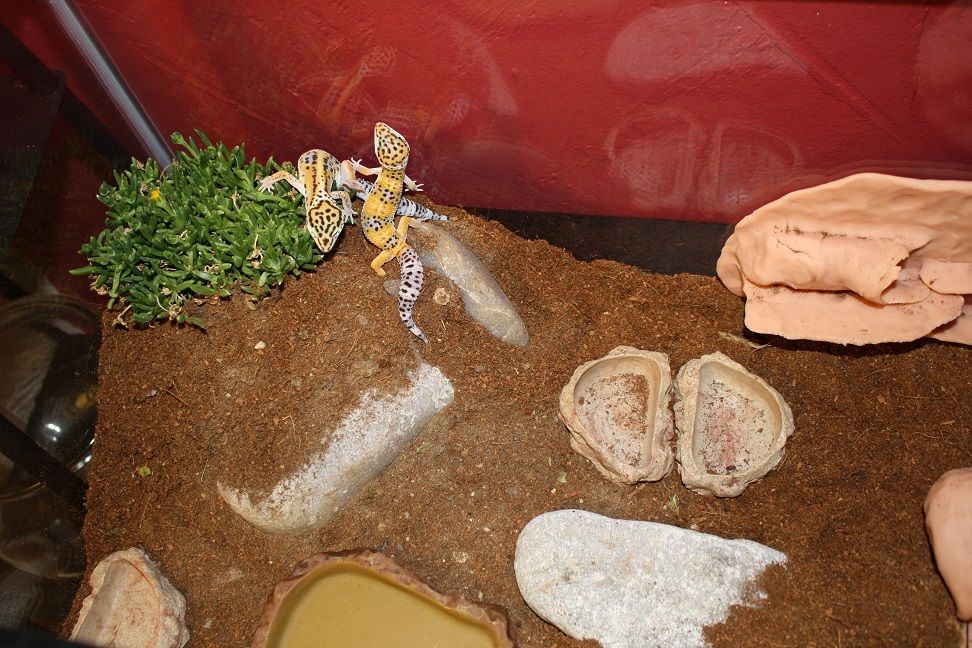
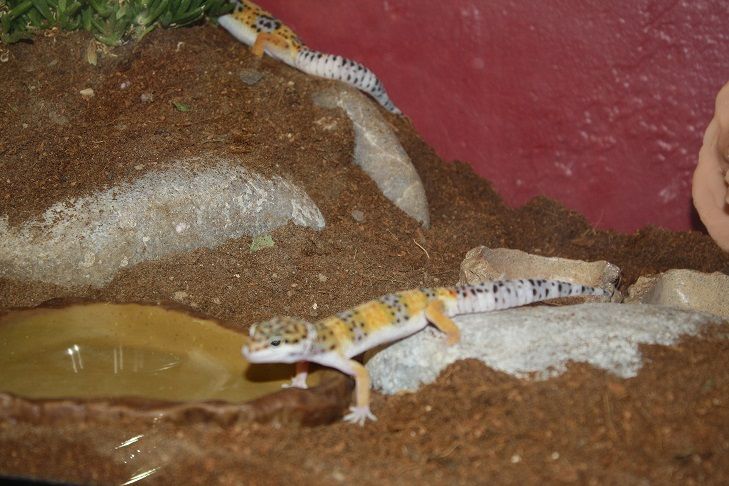
I've noticed some digging behavior and a lot of climbing. I think this environment is definitely more stimulating for them.
Phase 1: The habitat
Hides: 6 dry hides - 3 warm, three cool
Temperatures

Kabul seems to be closer to the temperature here in Albuquerque -- I'm just going to check rainfall first.
Precipitation and Sunlight hours per day

Going forward, I am going to use Kabul as the target habitat, because it is pretty similar to Albuquerque -- not that the geckos will be outside, but I wonder if we might have similar soil and types of plants due to the similar weather. Next I am going to see what I can find about the soil in Kabul and compare it to Albuquerque soil. After that, what natural vegetation occurs.
Soil

(image from wikipedia commons - free for personal use)
Alluvial Soil
Good news! Very similar soil! Both areas are a desert near a large river - and the soil moved around by that river contains clay, sand, and gravel. This soil is the substrate where wild geckos have been found. Next: Vegetation!
Vegetation

(image from wikipedia commons - free for personal use)
Bushes of Zygophyllum were in the habitat where leopard geckos were found in the wild.
Syrian bean-caper - A noxious weed in the Zygophyllum family apparently taking over a few western states and found in New Mexico -- I don't know whether it is harmful, but I don't think it is a good idea to keep it and accidentally spread it elsewhere. It is the only plant in the Zygophyllum family that I could find that grows in the US -- So I think the appropriate thing to do would be to find a similar looking succulent instead.
Now that the internet research is done, it's time to take a hike and check out the natural landscape of Albuquerque. I'll take lots of pictures and bring my infared temp gun to check out the ground heat of various rocks and substrate as well as the air temperature.
Some pictures from Albuquerque:


From checking out the soil in my own back yard, it's so dried out that it is like a fine sand. When mixing it with the eco-earth to build the start of my bioactive substrate, I realized it is just too loose. It might as well be sand. At this point, I want to add more clay to the substrate to see if I can harden it a bit. I also need to add the living organisms that will be decomposing any dead crickets/mealworm skins/poop.
I created a wall with ledges and a structure with two humid hides and one dry hide out of Sculpy clay and baked it. I also bought a plant that looks similar to the Syrian bean-caper, but requires less light and isn't a noxious weed lol
Right now the geckos are exploring. Mischief looks like she is having fun, but Candy seems upset at the tank change. I'm happy with the design, but concerned about the substrate.




I've noticed some digging behavior and a lot of climbing. I think this environment is definitely more stimulating for them.
Phase 1: The habitat
Hides: 6 dry hides - 3 warm, three cool

